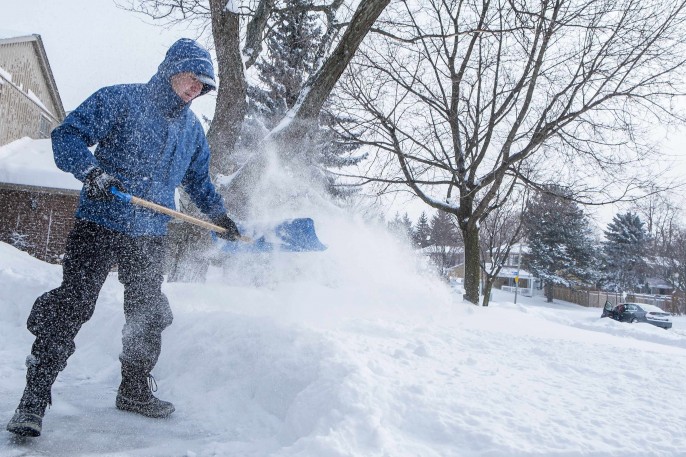Winter Deicing
Winter deicing, or de-icing, is a common practice to manage ice and snow in cold climates by businesses and homeowners alike. Winter weather often leaves us dealing with snow and ice on our sidewalks and driveways. Currently the most common substances used for this are salts. However, the salts can be harmful for the environment; as they kill plants, ruin soils and are toxic to many species within stream ecosystems. Shoveling is the best form of snow and ice removal. The old standard of using sand for traction is good but must be used sparingly. The sand can clog storm drains, destroy habitat in streams through the increase in sedimentation in the waterways.
Homeowners do have some choices when it comes to the kinds of deicing chemicals but the important thing to remember is to choose carefully and use sparingly.
Removing Snow & Ice Responsibly
The increased use of salts for deicing over the last 50 years has this country currently using over ten millions tons on the roadways annually. There are alternatives to using salts even for the homeowner. Deicers are designed to loosen the ice so that it is easier to shovel. All substance options should be used sparingly to minimize the damage to waterways and the environment.

Deicing salt stains on road. These salts are easily washed into streams, making stressful and sometimes lethal conditions for aquatic wildlife. Image courtesy: Chesapeake Stormwater Network.
- Shoveling– Very effective but can be back breaking and is the least damaging to the overall environment.
- Snow blower– Easier on the back. Best if used before any deicers are used so as not to throw the chemical on to plants.
- Sand– best for traction. Use sand sparingly as it can clog storm drains and choke waterways. Be sure to sweep up excess to minimize the amount of sand that gets into storm drains and waterways.
- Bird seed– another traction method and it is biodegradable, or – even better, birds will enjoy eating it in the winter months!
- Safe Paw™– Is not a salt but an amide/glycol mixture that is safe for the environment and is biodegradable.
- Calcium chloride– works at very low temperatures, and you can use less. It is also easier on vegetation than regular Rock salt (sodium chloride). This is still a salt and can be toxic to waterways. Use Properly and SPARINGLY!
- Liquid deicer chemicals– For areas that experience large occurrences of snow and ice, deicing chemicals are necessary. The liquid deicers works best when used BEFORE a storm hits, this is called Anti-icing. A thin layer of liquid deicer applied to sidewalks and driveways prevents the formation of ice. Timing is key to minimize the wash-off potential from rain. This method requires less product than granular forms of deicers which can be more economical.

